Blog
Explore the Power of Lithium Innovation
Stay updated with the latest trends, technologies, and application insights in the world of lithium battery solutions
Search the whole station
Explore the Power of Lithium Innovation
Stay updated with the latest trends, technologies, and application insights in the world of lithium battery solutions
Have you ever wondered, “What exactly is a pouch cell battery?” If so, you’re definitely not alone. These little power packs are everywhere these days—from your smartphone to electric cars. What makes them stand out is their soft, flexible casing. Unlike the stiff cylindrical or rectangular batteries we’re used to, pouch cells are lighter, easier to shape, and surprisingly versatile.
At their core, pouch cell is just lithium-ion battery like any other: it has an anode, a cathode, a separator, and an electrolyte. The big difference is in the packaging. These layers are stacked or rolled together and sealed inside a thin, flexible aluminum-plastic pouch.
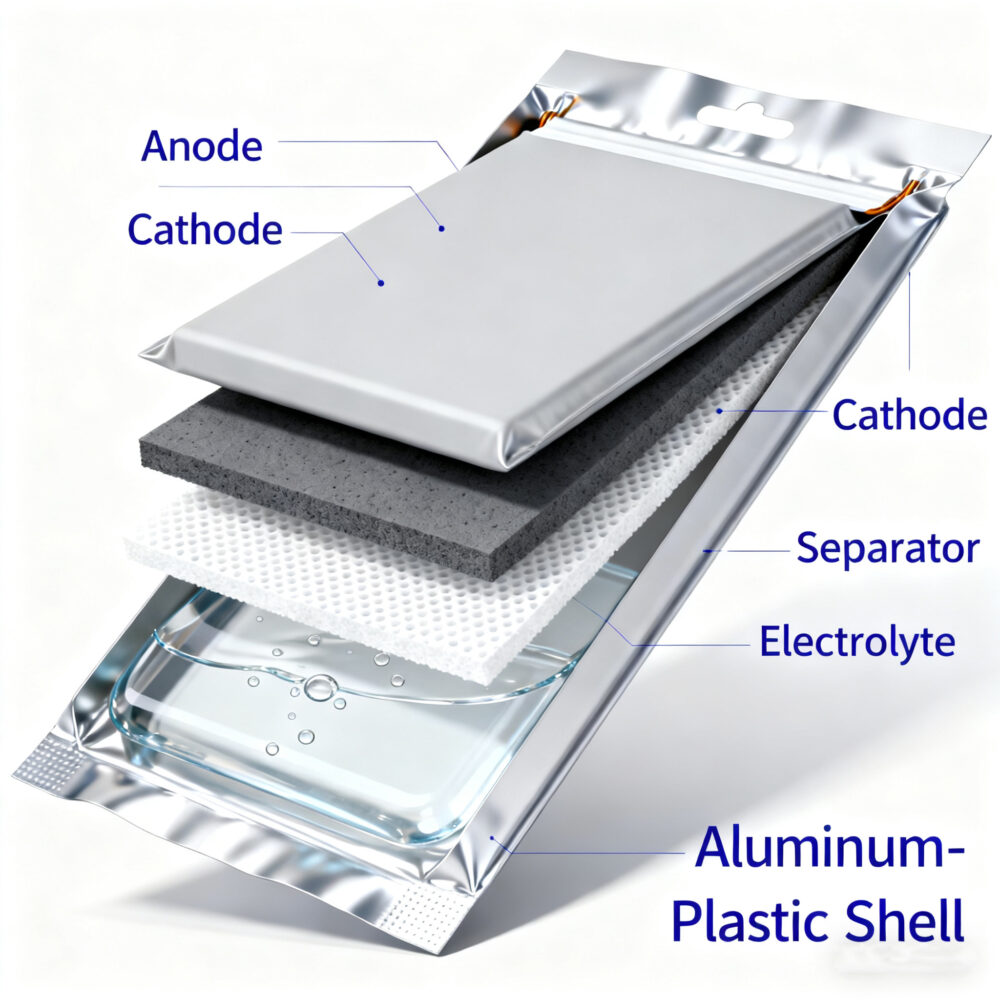
Imagine a candy bar wrapped in foil. The layers inside do all the work, while the pouch keeps everything contained. This clever design means the battery can bend slightly or fit into unusual spaces—perfect for slim laptops, tablets, or oddly shaped electric cars.
Take ultrathin laptops, for example. Engineers can make the battery almost as thin as the device itself. That way, the gadget stays sleek without sacrificing battery life. Electric car makers use pouch cells in a similar way: by creating lighter battery packs, they can make cars go farther on a single charge without adding extra bulk.
So, why are pouch cells becoming so popular? A few reasons:
During testing of electric scooters, engineers noticed that when a pouch cell got damaged, it bulged but didn’t immediately catch fire. That extra few seconds gave time for safety measures to kick in—something that rigid batteries can’t always do.
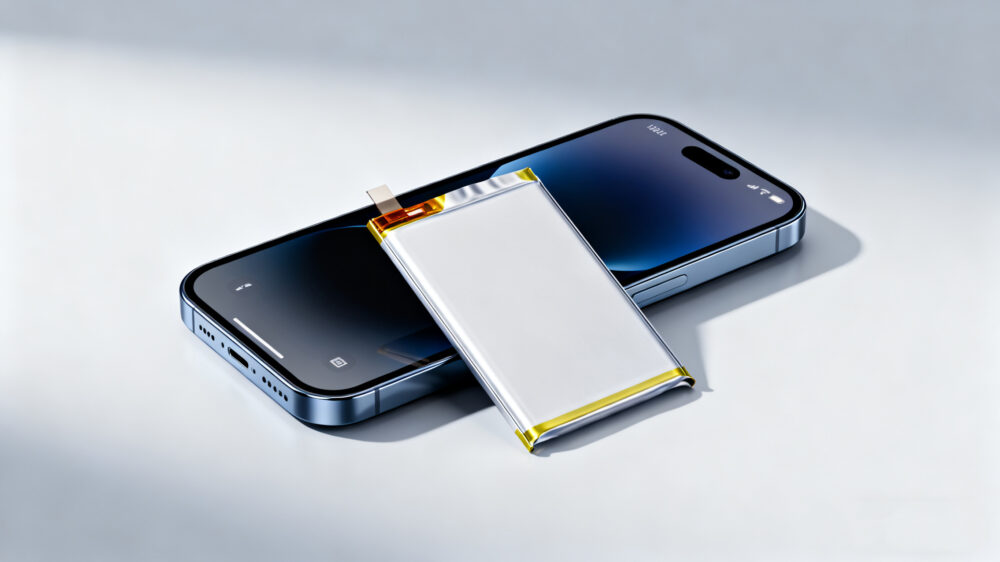
Of course, pouch cells have their drawbacks. The soft casing makes them more vulnerable to punctures or accidental damage. Heat management can be tricky, since the thin pouch doesn’t dissipate heat like metal cases do. Plus, manufacturing needs to be extremely precise—tiny errors can affect performance or safety.
The production process is delicate but fascinating:
Modern factories rely heavily on automation and strict quality control to ensure each cell performs reliably.
In electronics factories, engineers often run “swelling tests” on pouch cells before they’re shipped. Any cell that shows even slight bulging is removed, preventing potential failures in laptops, tablets, or phones.
You might be using them without even noticing:
Thanks to their flexibility and performance, pouch cells have quickly become a favorite in modern electronics and electric vehicles. They strike a balance between energy density, safety, and adaptability—something traditional batteries often struggle to match.

High-quality 6012105 polymer lithium battery, 3.7V 600mAh, ideal for Bluetooth devices, access control cards, and OEM applications. Reliable, rechargeable, and compact. Bulk orders supported with stable supply and competitive pricing.

High-quality 3.7V 800mAh rechargeable li-polymer battery with built-in protection, long cycle life, and customizable specs. Ideal for MP3/MP4, GPS, toys, Bluetooth headsets, and medical devices. Factory wholesale pricing with OEM & ODM service.

Reliable wholesale supplier of 3.7V 502248 500mAh lithium-ion pouch cells. Apsen Technology offers high-quality, lightweight soft pack batteries with long cycle life, stable performance, and customizable designs for portable electronics.
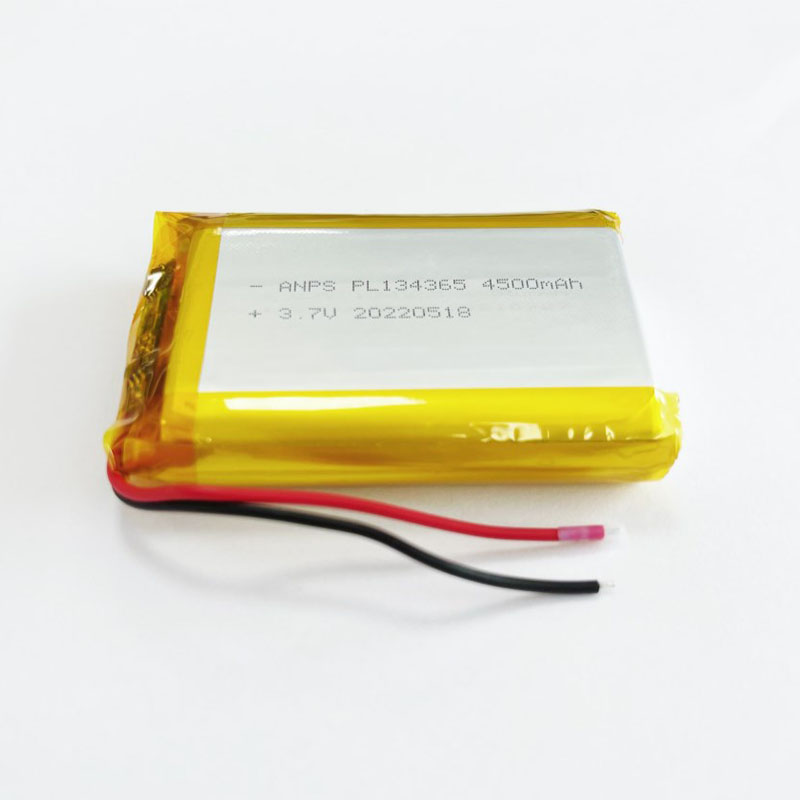
134365 4500mAh 3.7V lithium polymer pouch battery with high energy density, long cycle life, and multiple safety protections. Ideal for drones, RC toys, cameras, and portable electronics. OEM/ODM customization, competitive wholesale prices, fast delivery from China.
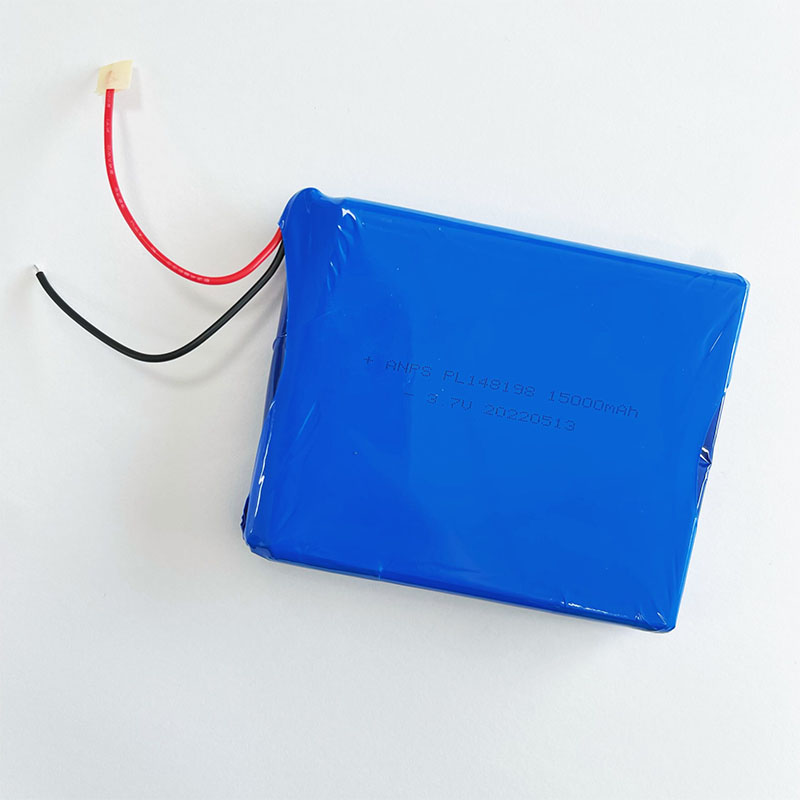
Factory-direct 3.7V 15Ah 148198 pouch lithium-ion battery with high energy density, long cycle life, and customizable specifications. Ideal for EVs, solar storage, and portable devices. OEM/ODM service, competitive wholesale pricing, fast delivery.
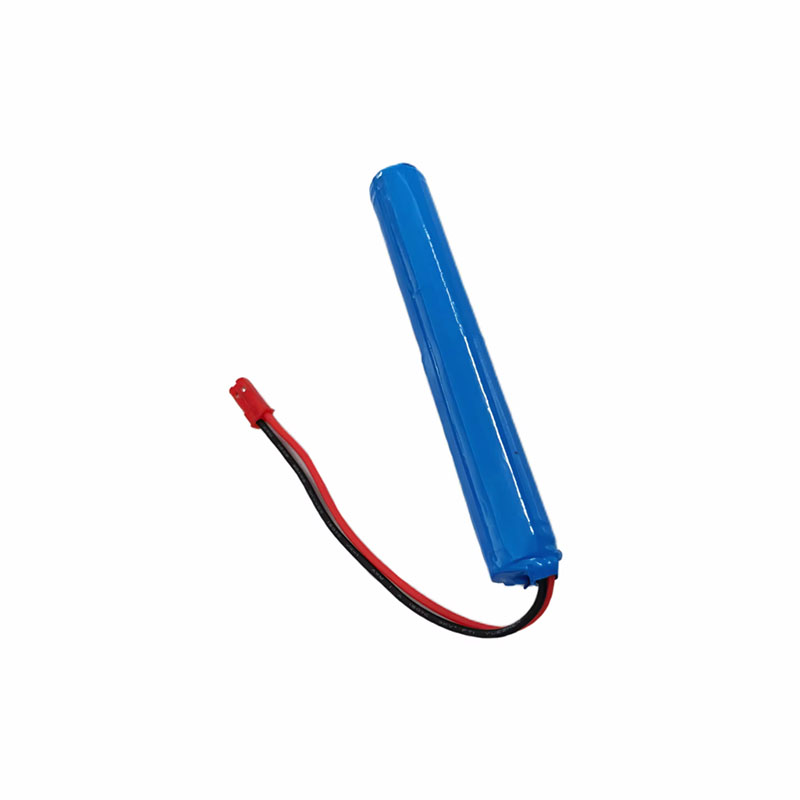
Factory-direct 14500 1S2P 3.7V 1600mAh rechargeable lithium battery pack for flashlights, tools, toys, and electronics. OEM/ODM customization for voltage, capacity, connectors, and packaging. Fast delivery, wholesale pricing.
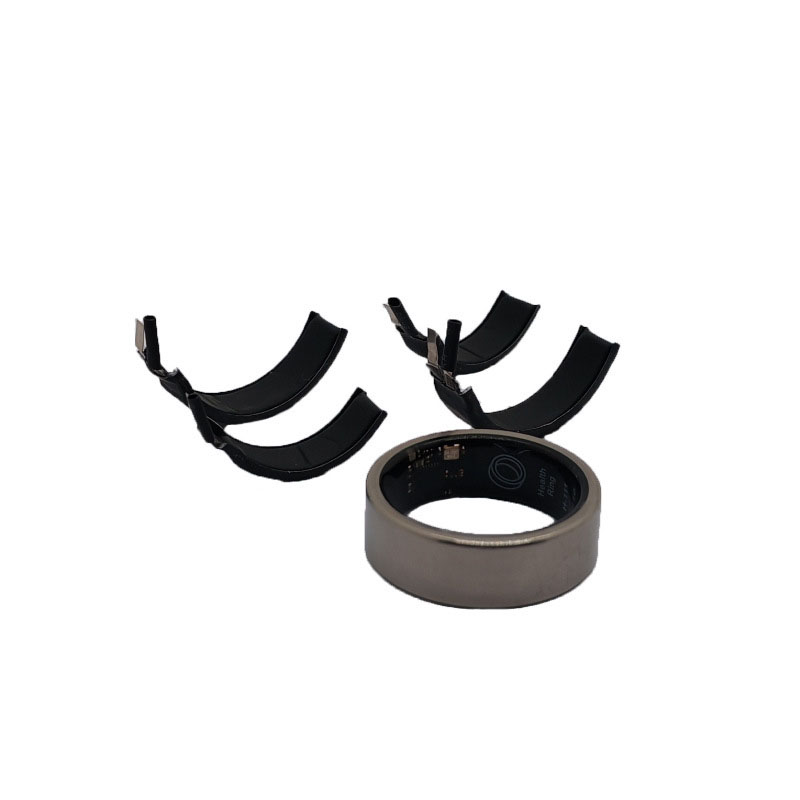
High-performance 3.7V 20mAh curved LiPo battery (model 150732) for smart rings, health monitors, and compact wearables. Ultra-thin design, 500+ cycles, customizable size and curvature. OEM/ODM supply direct from factory.
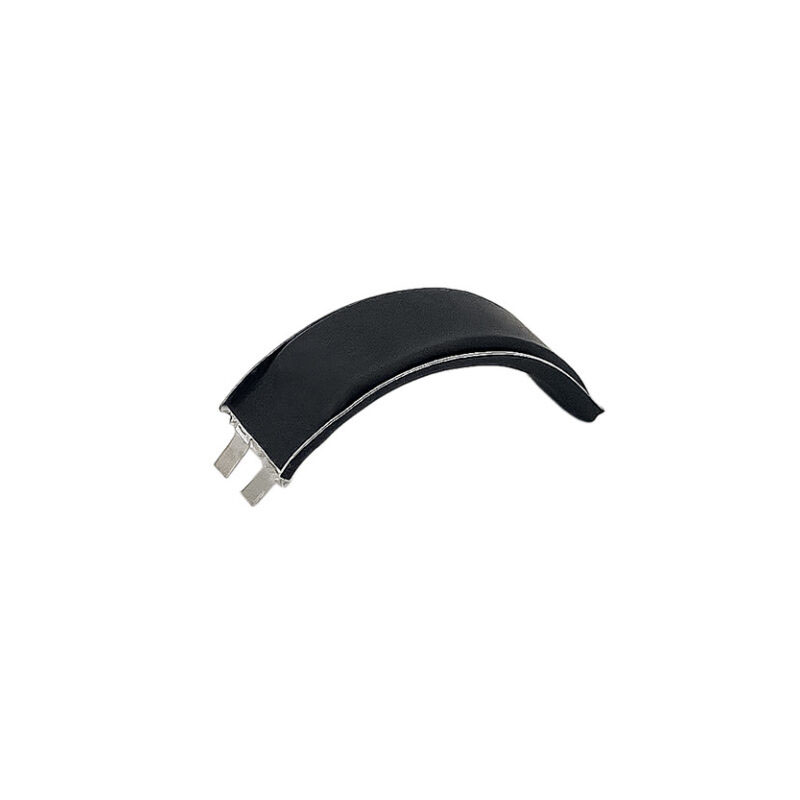
Ultra-thin curved 3.7V 16mAh lithium polymer battery (model 156825) designed for smart rings, hearing aids, and compact wearables. High stability, 300+ cycle life, and custom shapes available. OEM/ODM supply direct from factory.
18650-2S1P lithium battery pack—structure, specs, applications, and tips for custom battery solutions with built-in protection and global certifications.
View detailsDiscover the real performance of 2600mAh 18650 3.7V rechargeable batteries — from capacity truth to protection circuits and practical usage tips. Learn how to choose reliable lithium-ion cells for your projects without falling for misleading specs.
View details12V 34AH battery mobility scooters, offering long range, stable performance, and smart safety features. Learn how to choose, use, and maintain your scooter for optimal travel.
View detailsExplore the world of 18650 battery manufacturing – from electrode preparation to cell assembly – and discover what makes a high-quality lithium battery for electronics and electric vehicles.
View details
HelloPlease log in